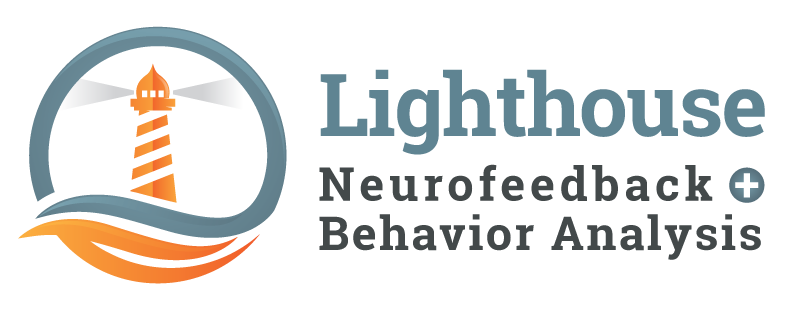Autism, the Brain, and Neurofeedback
Autistic symptoms are almost all the result of brain dysfunction. To this day I am astounded by how many differences I see among the QEEGs of people diagnosed with autism. I believe that is at least partially the result of the fact that the causes of the dysfunction are varied. Different events cause different brain problems. This leads to changes in performance and behavior that were similar enough that they were grouped under a single umbrella term: autism. The way that I see it, the problem areas of the brain involved are:
1) Right Hemisphere Hyperconnectivity: When the right hemisphere, which oversees much of abstract thinking and ability to see the big picture, is underdeveloped and undifferentiated, it leads to a rigidity in thinking and behavior.
2) Prefrontal Lobes, especially the right hemisphere: This part of our brains enables us to inhibit behavior motivated by emotion that would lead to negative outcomes.
3) The anterior cingulate cortex: The AC allows for voluntary control of attention. Without it we are like a leaf in the wind, unable to direct our attention flexibly and based on priorities.
4) Sensory cortex, especial with regards to inhibitory processing: The brain needs a healthy balance of inhibitory and excitatory neurons. When the ratio is off, the brain has trouble filtering out incoming sensory stimuli.
5) Fusiform Gyrus: It has portions that govern the processing of information from human faces, which can be excessive. If it’s not working right, facial information can be overloading.
6) The Mirror Neuron Network: This area allows for rapid learning of motor and social information through simple observation. It allows us to learn from others by just being around them and without purposeful instruction.
7) The Default Mode Network: This is the part of our brain that is constantly generating simulations of upcoming events. It gets us ready for future events so that we can take transitions in stride.
8) The Cerebellum: This organ plays a role in fine coordination of extremely complex movements and learning of sensorimotor relationships that allow for fine tuning ongoing motor behavior. Think of catching a fly ball or hitting a golf ball onto a distant green. There is research supporting the idea that it allows for flexibility and adaptability during social interactions as well.
At Lighthouse Neurofeedback and Behavior Analysis, we use the most cutting edge equipment and techniques to help normalize the brain dysfunction that lead to the challenges faced by autistic clients in adapting to the world’s demands. We use pEMF, tACS, tDCS, and photomodulation to break up stuck patters, teach parts of the brain to communicate effectively, and wake up parts that are asleep. Neurofeedback is used to teach the brain what healthy functioning is and then reward it for doing a good job. The combination can be effective at normalizing brain function to an extent that is virtually unheard of in classic medicine.

